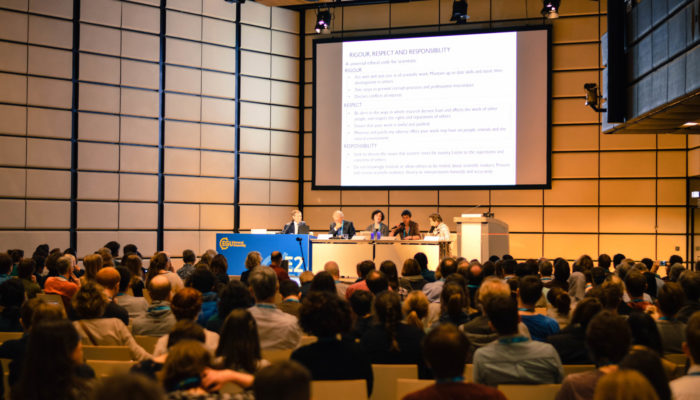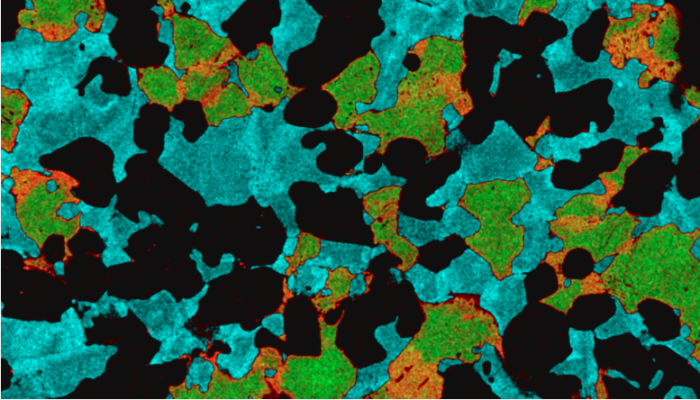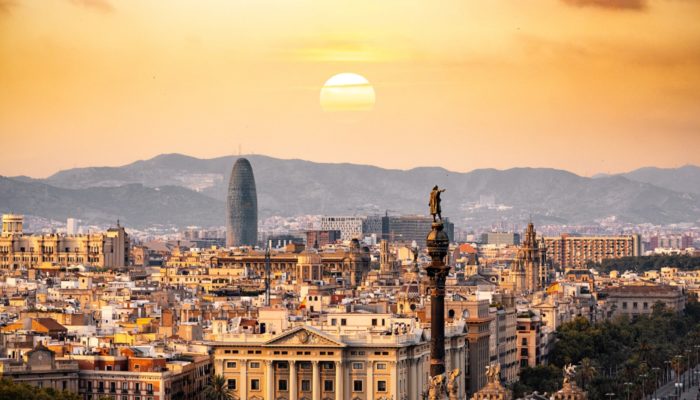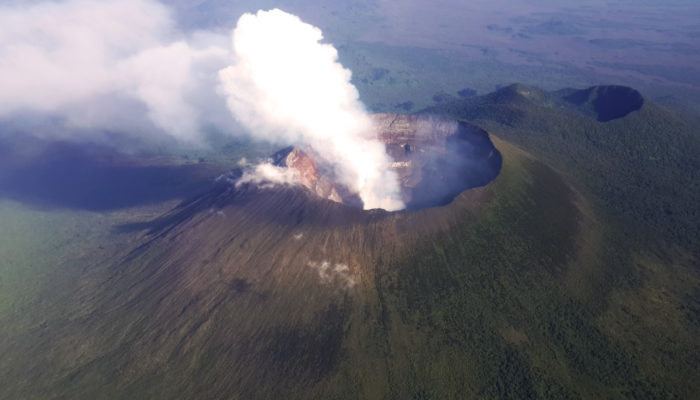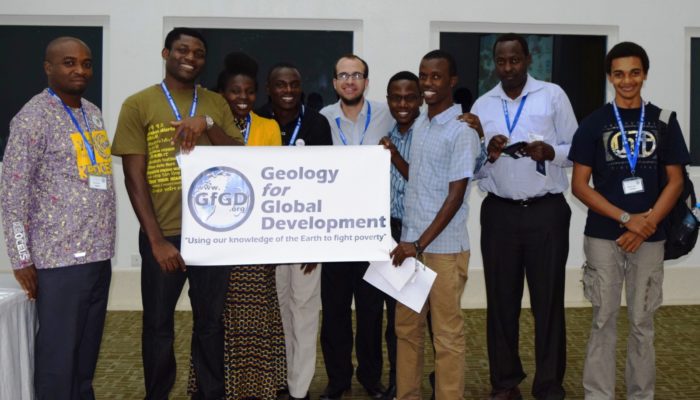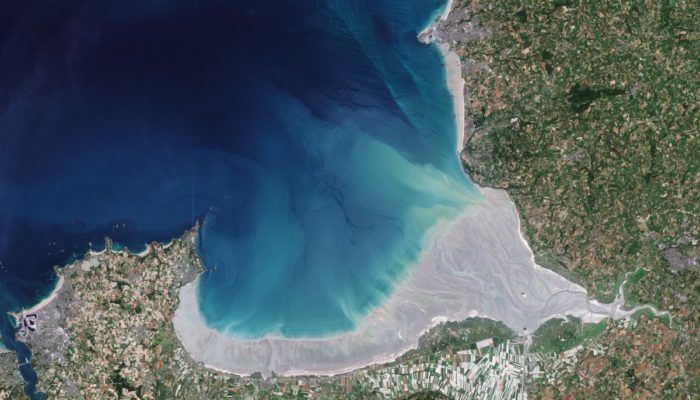Do you enjoy the EGU’s annual General Assembly but wish you could play a more active role in shaping the programme? This year, why not propose a Union Symposia or Great Debate? Each year at the General Assembly, the conference features a limited number of Union Symposia (US) and Great Debates (GDB), which can be proposed by anyone in the scientific community. These high-profile, union-wide events ...[Read More]
If you didn't find what you was looking for try searching again.
Cryospheric Sciences
Did you know? – Storms can make Arctic sea ice disappear even faster
The increase in air and water temperature due to climate change drives the retreat in the Arctic sea-ice cover. During summer, when sunlight reaches the Arctic, the absorption of heat by the dark ocean water enhances the sea-ice melt through the ice-albedo feedback. During winter, when sunlight does not reach the Arctic, another feedback is at work, as storms enhance the energy transfer between ai ...[Read More]
Geochemistry, Mineralogy, Petrology & Volcanology
Are mantle melts heterogeneous on a centimeter scale?
The mantle makes up the majority of the volume of the Earth, but there is still a lot about it that we don’t understand. This is because we can’t observe it directly – forget ‘Journey to the center of the Earth’ – even our deepest drill holes (about 12 km deep) are merely tickling the surface of the planet (about 6400 km to the center). Most of what we know abou ...[Read More]
GeoLog
GeoTalk: Creative communication for science education – meet scientific artist Kelly Stanford
GeoTalk interviews usually feature the work of early career researchers, but this month we deviate from the standard format to speak to Kelly Stanford, an artist based in Manchester, UK who focuses on creating works of art that embody scientific concepts in an accessible and aesthetically pleasing manner which can be used to communicate science to the public. Here we talk to her about her career p ...[Read More]
Tectonics and Structural Geology
From Mountains to Modernists: the geological foundations and inspirations of Barcelona
Barcelona is a vibrant city on the Mediterranean coast, nested snugly between the sea and the Collserola Ridge of the Catalan Coastal ranges. The story of Barcelona starts around 2000 years ago as an Iberian settlement, owing to its strategic location on the coastal route connecting Iberia and Europe. The combination of easily defendable ground and the fertile soils of the Besos and Llobregat delt ...[Read More]
Hydrological Sciences
Talking hydrology: an interview with Hjalmar Laudon on hydrological research at the Krycklan catchment
For our second post of “Talking hydrology”, we interviewed Hjalmar Laudon, professor and chair of forest landscape biogeochemistry at SLU Umeå (Sweden). We talked about past and current research in the Krycklan catchment and the usefulness of long-term datasets. 1) You have been conducting hydrological research at the Krycklan catchment (North of Sweden) since 2002. How did you keep yoursel ...[Read More]
Geochemistry, Mineralogy, Petrology & Volcanology
#mineralmonday : lithiophilite
What is it? Lithiophilite, LiMnPO4 What’s it made of? Lithium (Li), manganese (Mn), phosphorus (P) and oxygen (O). The PO4 at the end of the formula makes this a phosphate mineral (phosphorus + oxygen = phosphate). What’s it’s structure? The way the different atoms are arranged in lithiophilite is described as orthorhombic, which means the crystal is built of lots of tiny cuboid- ...[Read More]
GeoLog
Geosciences Column: How erupting African volcanoes impact the Amazon’s atmosphere
When volcanoes erupt, they can release into the atmosphere a number of different gases initially stored in their magma, such as carbon dioxide, hydrogen sulfide, and sulfur dioxide. These kinds of gases can have a big influence on Earth’s atmosphere, even at distances hundreds to thousands of kilometres away. A team of researchers have found evidence that sulfur emissions from volcanic eruptions i ...[Read More]
Geology for Global Development
Careers in Geoscience-for-Development: Some Tips and Resources
One of the most frequently asked questions put to me is ‘how does a geoscientist develop a career linked to international aid or sustainable development?’. Here are some thoughts, recently curated for the 2018 GfGD Annual Conference report, together with examples of how GfGD’s work helps to mobilise geoscientists to engage in sustainable development. Geoscience matters, is critical to progre ...[Read More]
Tectonics and Structural Geology
Beyond tectonics: The present-day tides are the biggest they have been since the formation of Pangea
“Beyond tectonics” is a blog series which aims to highlight the connections between tectonics and other aspects of the Earth system. In this iteration of the “Beyond tectonics” series we talk about how plate tectonics have affected the tides on Earth over geological timescales. We will talk about tectonics on the Earth since the formation of Pangea to the present day, and i ...[Read More]

